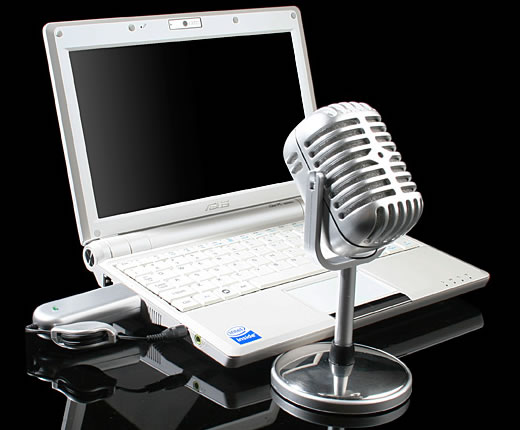Feb 27th, 2011
Chapter 7: Making Audio Journalism Visible
“Reporters and journalism students must stop thinking about sound as an exclusively radio format and adopt it as a reporting tool that can be learned and used to effectively deliver information to readers or listeners.” –Jim Stovall
Audio journalism, very simply and obviously put, is getting journalism out through the means of audio. Audio allows the listener to use their mind to paint their own picture of the situation. It’s a more personal experience and audio journalists can create an intimate relationship with the listener. Finding a way to connect with them.
But WHY is it important? According to Hogh, these characteristics are special to audio;
- Presence: Bring your readers to the story.
- Emotions: Pauses, tone of voice, expressions can enhance the message.
- Atmosphere: Natural sounds of life.
These three things alone can produce a personal perception of any given event.
Here are four ways to use audio in one’s reporting:
-
Reporter overview: Audio overviews in addition to one’s article.
-
Podcasts: Frequent episodes on a particular topic.
-
Audio slideshows: Makes pictures richer and more telling.
-
Breaking news: Publish quick audio soundbites immediately.
So what else does one actually use it for? According to Briggs, here are two ways to use audio:
-
Recording interviews: chose your location, gather natural sound, prepare your subject, watch what you say, try delayed recording, and mark the best spots.
-
Doing voice-overs: write a script, warm up, find operative words, and keep it conversational.
Audio editing is a huge component to the audio process. Two FREE audio-editing programs are Audacity and JetAudio.
Audio journalism is a very important tool to every journalism and is showing a lot of promise. Therefore, get your audio on!

Copyright: geekalerts.com
